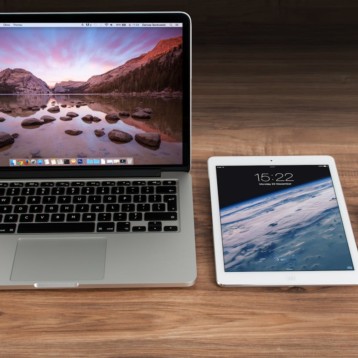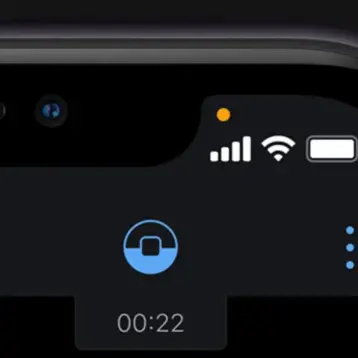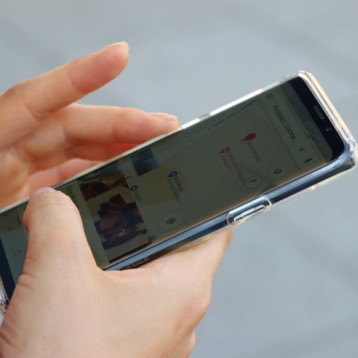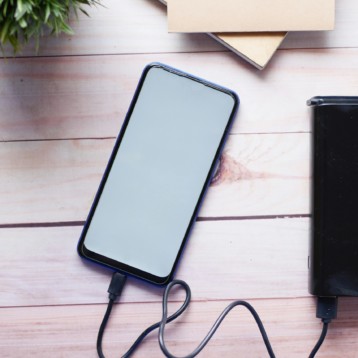The projection system consists of 45 microlenses, each colored red, green, or blue. A 200×200 pixel LCD is placed behind each lens and the light from each LCD is focused through the accompanying lens and focused so they’re superimposed over each other to create a single 800×600 pixel image that’s much brighter than the image generated by a single LCD and lens combination. This type of design was inspired by a common type of microlens array called a fly’s eye condenser usually used to combine light gathered from different sources.
Other design elements were needed to keep the size of the projection system as small as possible. A new transparent material was created to hold the LCDs in place behind the lenses. The new material, a hybrid organic-inorganic material was needed because the melting point of glass is so high molding glass in place would melt the LCDs while plastics and most transparent polymers have such a low melting point that the heat from operating LCD lights would melt them. The new transparent material has a melting point in the middle so it can be molded to the LCDs without damaging them and remain in place without melting while the projector is operating.
While microlens have been around for some time, the idea of focusing the light from an array of microlenses onto a single point is new. Dr. Marcel Sieler, the project leader at the Fraunhofer Institute, believes his system could successfully be integrated into a smart phone without increasing its size. Now that they’ve achieved a workable brightness, his team is working on decreasing the pixel size of the projected images from 8.5 microns to less than 3 microns each.
TFOT has previously reported on other new projector systems including the MAPTOR projector that combines a small map projection system with a GPS, the new General Imaging GE PJ1 camera with a built in projector system, a new super slim projector from Casio, and the Logic Bolt Projector Phone that allows users to edit Microsoft Office applications on their phone then project them onto a 36” by 48” display area.
Read more about the new projection system in this Fraunhofer Institute research note.










